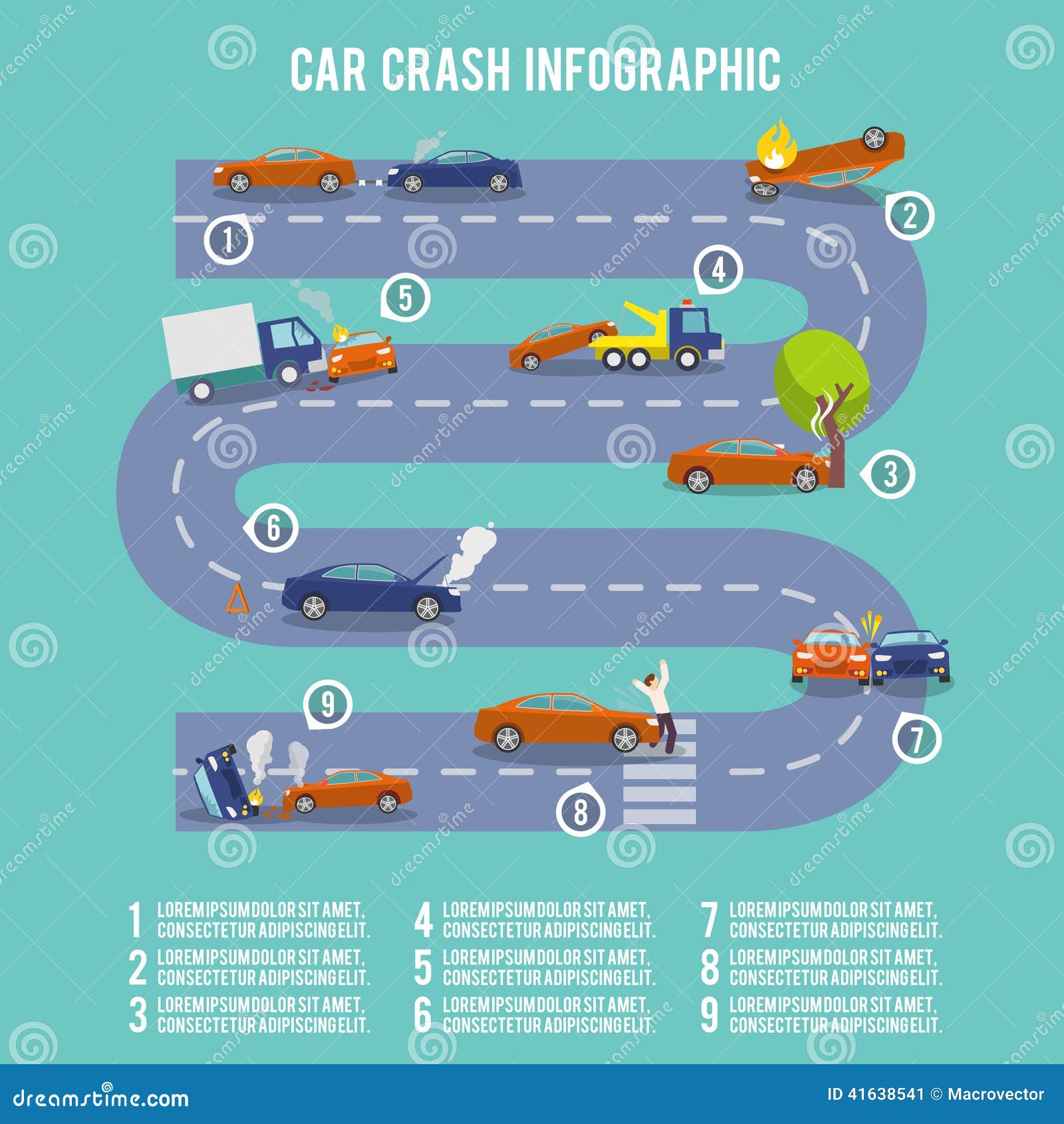Seeking Clarity On The Warning Lights Displayed On Your Automobile'S Control Panel? Find Out Just How They Relate To Your Automobile'S Health And Safety
Seeking Clarity On The Warning Lights Displayed On Your Automobile'S Control Panel? Find Out Just How They Relate To Your Automobile'S Health And Safety
Blog Article
Write-Up Author-Termansen Shepherd
When you're behind the wheel, those glowing warning lights on your control panel can be a bit bewildering. Do you know what they're attempting to tell you concerning your automobile's wellness? Comprehending the relevance of these lights is important for your safety and the long life of your lorry. So, the following time one of those lights pops up, would not you want to decipher its message precisely and take the required steps to address it?
Common Caution Lighting and Interpretations
Identify common warning lights in your car and recognize their definitions to guarantee secure driving.
One of the most regular caution lights consist of the check engine light, which signifies concerns with the engine or exhausts system. If this light begins, it's important to have your vehicle examined without delay.
The oil stress warning light suggests reduced oil stress, calling for instant attention to avoid engine damage.
A flashing battery light may suggest a damaged billing system, possibly leaving you stranded if not addressed.
The tire stress monitoring system (TPMS) light alerts you to low tire stress, affecting car security and fuel performance. Ignoring this might lead to hazardous driving conditions.
The ABS light shows an issue with the anti-lock braking system, jeopardizing your ability to quit rapidly in emergencies.
Lastly, the coolant temperature warning light warns of engine getting too hot, which can cause severe damage otherwise dealt with swiftly.
Understanding these usual warning lights will certainly assist you resolve problems promptly and keep secure driving problems.
Relevance of Prompt Focus
Recognizing the typical warning lights in your automobile is just the very first step; the significance of promptly attending to these cautions can not be highlighted sufficient to ensure your safety and security when driving.
When car interior grooming illuminates on your dashboard, it's your car's means of communicating a potential problem that needs attention. Ignoring https://air-lift-performance95172.qodsblog.com/30297561/are-you-interested-concerning-the-function-of-automation-and-robotics-in-redefining-the-car-outlining-landscape can result in much more extreme troubles down the road, endangering your safety and potentially costing you much more out of commission.
Motivate focus to warning lights can protect against breakdowns and mishaps. For example, a flashing check engine light can show a misfire that, if left neglected, might cause damage to the catalytic converter. Addressing this without delay can conserve you from a pricey fixing.
Similarly, a brake system advising light could indicate low brake fluid or worn brake pads, important parts for your security when driving.
DIY Troubleshooting Tips
If you discover a warning light on your control panel, there are a few DIY repairing ideas you can attempt prior to seeking professional aid.
The very first step is to consult your vehicle's handbook to understand what the particular caution light suggests. Occasionally the issue can be as straightforward as a loosened gas cap causing the check engine light. Tightening up the gas cap may settle the problem.
Another typical issue is a reduced battery, which can activate different alerting lights. Inspecting the battery connections for corrosion and guaranteeing they're safe may take care of the issue.
If a warning light persists, you can attempt resetting it by disconnecting the cars and truck's battery for a couple of minutes and afterwards reconnecting it. Additionally, checking your car's liquid degrees, such as oil, coolant, and brake fluid, can assist troubleshoot cautioning lights connected to these systems.
Verdict
To conclude, recognizing your auto's warning lights is important for maintaining your vehicle running efficiently and securely. By promptly resolving these alerts and knowing what they indicate, you can stay clear of costly repair work and possible malfunctions.
Remember to consult your vehicle's handbook for certain details on each cautioning light and take action accordingly to guarantee a hassle-free driving experience.
Keep notified, stay secure on the road!
